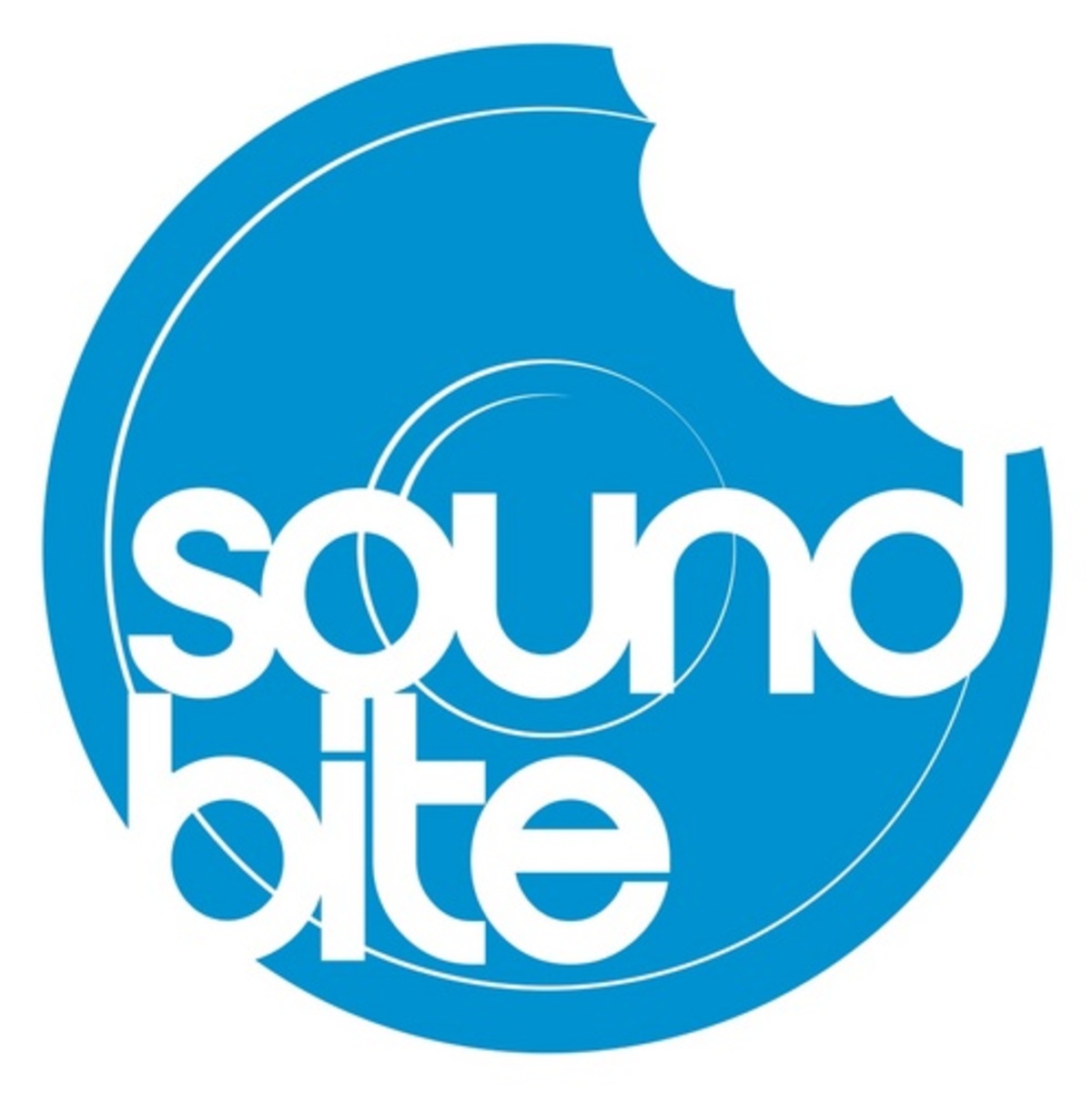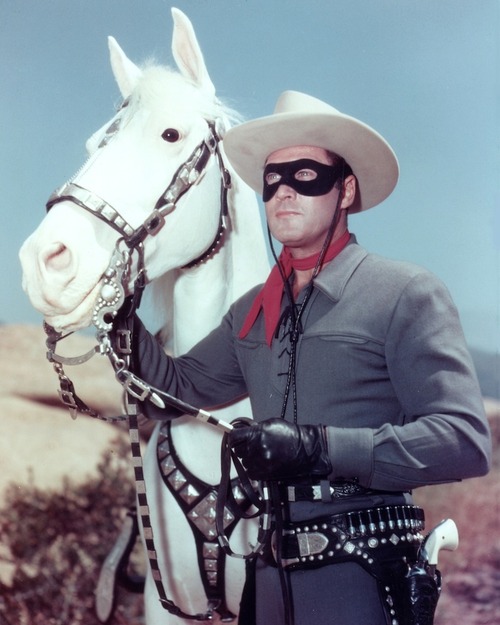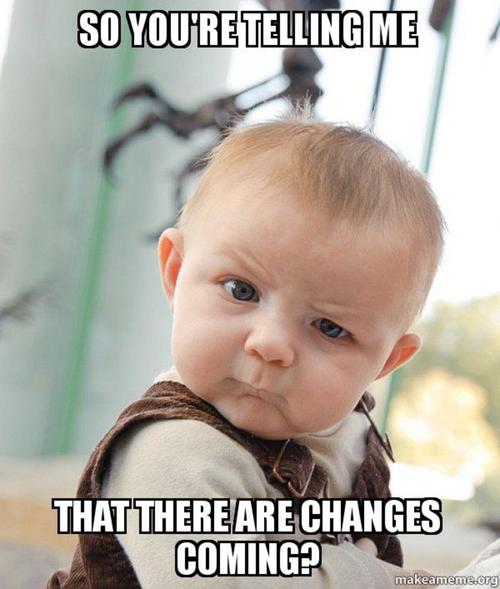 Ever see a video when the picture and the sound are out of sync? You hear the words and then the speaker moves his lips a few seconds later—or, vice versa. Reminds me of today’s stale media. They’re stuck in the last hour’s or even yesterday’s news. By the time they report it, have you already heard it and have gone on to the next big tumult.
Ever see a video when the picture and the sound are out of sync? You hear the words and then the speaker moves his lips a few seconds later—or, vice versa. Reminds me of today’s stale media. They’re stuck in the last hour’s or even yesterday’s news. By the time they report it, have you already heard it and have gone on to the next big tumult.
The rapid acceleration of the news cycle makes writing an article about it obsolete, questioning why I am writing this in the first place. Hopefully, the shelf life of this piece will last through several cycles, but I don’t expect much more. At any rate this is concept is worth some thought because it impacts the way the public reacts. This is because we often react to the spin, the analysis, the opinions or the pundits rather then the event itself. Mark Twain said, “A lie can travel halfway around the world while the truth is putting on its shoes.”
It wasn’t always this way. Many years ago, movie-goers heard about huge news events once every week or so when a news reel flashed pictures of some big happening on the screen. Later, around the 1950’s, the six o’clock evening news, or the eleven o’clock broadcast wrapped up the day’s events for the audiences of the big three networks. Then, newly formed cable networks carried news programs 24/7, allowing them to keep rabid news junkies current, albeit sleepless. But even then, reporters got on the scene hours too late after word had already leaked. Often, faulty reports filed by harried media people traumatized the nation before the true facts were known. Back tracking, excuse-making, corrections and apologies applied band aids on embarrassed networks.
Live reporting claims center stage in relevance. Then, after a critical pause, along come the pundits, analysts, commentators and spinners, opining on their views of what happened. Sometimes, they pre-record their programs which makes many of their fulminations obsolete, inaccurate or even bizarre. Radio and television broadcasters wrestle with these problems minute by minute, but daily newspapers are almost shut out of the vicious news cycle. That’s one reason why many of them went belly-up in the last decade. It’s also why much of the reported news has morphed into editorializing instead of plain vanilla news. Desperate for readership, the rags are gasping on life support.
“American journalism is losing its objectivity. That’s according to a new analysis on news discourse. In the study, released this month, researchers found a major shift occurred between 1989 and 2017 as journalism expanded beyond traditional media, such as newspapers and broadcast networks, to newer media, including 24-hour cable news channels and digital outlets. “Notably, these measurable changes vary in extent and nature for different news platforms,” it found. RAND is a nonprofit nonpartisan think tank based in Santa Monica, Calif.
“Our research provides quantitative evidence for what we all can see in the media landscape,” said Jennifer Kavanagh, a RAND senior political scientist and lead author of the report, the second in a series on the phenomenon of “Truth Decay,” the declining role of facts and analysis in civil discourse and its effect on American life. ‘Journalism in the U.S. has become more subjective and consists less of the detailed event- or context-based reporting that used to characterize news coverage.’” -www.marketwatch.com.
Whatever trouble the newspaper industry now suffers can be multiplied many times over in magazine publishing. If media outlets get hurt by one-hour delays, what must be happening for delays of one month? The dramatic constriction of the print magazine world has already started.
“Decreasing revenues will force magazines to cut costs wherever possible. The era of glamor in the magazine world, filled with limitless charge accounts, celebrity editors, fabulous parties, and plenty of spare cash, best epitomized in everyone’s favorite chick flick, The Devil Wears Prada, may be coming to an end. Certainly, the role of the venerable and affluent editor-in-chief, standing as the very symbol of the magazine, is waning. The New York Times writes, “At a time of belt-tightening, celebrity editors, with their big salaries and expensive tastes, are increasingly passé. Budget-minded executives at publishers like Hearst and Condé Nast are looking more critically at requests for six-figure photo shoots and $5-a-word writers.” -www.journal.businesstoday.org.
You, the consumer, must navigate through this chaotic mess. There are several important guidelines to keep in mind as you pick your way along.
Gather facts. Cut through the noise of the spinmeisters and keep your antennae up for the raw facts of the story. Find out the who, what, where, when and how before you tackle the why. These facts may usually be discerned, even in the most convoluted report of a jaded newsperson. Be very skeptical of why something happened. Opinion usually drives that conclusion, not fact.
Connect dots. Use your head. If a plane falls out of the sky, for example, something had to go very, very wrong. Pundits who try to cover up a scandal or distract attention to some unrelated incident need to be ignored. (Note Benghazi, the downing of a Ukrainian airliner by Iran, the origins of Covid-19). If you’re not willing to do some independent thinking about a situation, don’t offer a half-baked opinion.
Be your own editor. People in possession of the real facts usually don’t talk, which means that the talkers probably don’t have all the facts. Think about it. If you have an hour’s program coming up every twenty-four hours, you have to say something, even if it’s guessing or just plain wrong. You can do at least that good if not better.
Question motives. Why would a media person say something or take a position? Well, for starters, to fill time. How about to create controversy? Hawk a product? Defend himself or herself against a charge? Please a boss, a celebrity or a substantial donor? Appear to be the smartest person in the room? Cave to a barrage of contrary opinions? There are lots of reasons other than the truth that will explain why people say or do things. They’re counting on the sheeple to go along with them.
Be time sensitive. Don’t be fooled by shell games or slight-of-hand (or mouth) tactics of manipulative media people. The book, “Eats, Shoots and Leaves” top the list as a prime example of twisted news. If you’re truly interested in a story, find out who did what when before you settle on an opinion.
Understand narratives. We’re inundated with reports of false narratives, but the fact is that narratives shape most news stories today. Liberal, conservative, Democrat, Republican, populist, globalist, radical anything, love Trump, hate Trump, love America, hate America—the list could go on forever—mindsets filter every fact set that passes through them on the way to publication or broadcasting. For example, when a Jehovah’s Witness or an LDS missionary comes to your door, you already know the gist of the upcoming conversation. You take no personal offense because you are aware of the narrative in question. Likewise, if you are going to consume the news, you must know the profile of it origin. Walk into every situation with your eyes wide open.
Admit your own biases. Few people, if any, can claim 100% objectivity. I don’t know … maybe robots can, but I even doubt that. It’s not wrong to operate out of set of biases, but it is wrong to deny that you have opinions. In some cases, however, your opinions act as blinders to truth. Some things are true, whether you accept them or not. Everything deserves an objective treatment, even if you ultimately minimize or reject them.
Gauge impact. Finally, not everything deserves a full-blown, all-out mobilization for war. Some news stories barely make it into the trivial pursuit category, some need a passing swipe, and others need focused attention. If something threatens to damage to a conviction, a principle or a way of life, go after it. Your shared insight may head off a major blow that could hurt many people.
The homespun philosopher, Will Rogers, said, “All I know is just what I read in the papers, and that’s an alibi for my ignorance.” What was true in the 1940’s can only have worsened exponentially in today’s environment. Be on guard. Be alert. Be vigilant. News is information, and information can either be a death knell or a lifeline.
 Monday, April 13, 2020 at 05:37AM
Monday, April 13, 2020 at 05:37AM  For those too young to remember, “meanwhile, back at the ranch” entered our language as an adopted phrase from the old radio drama, The Lone Ranger. While the masked man was busy rounding up rustlers in the adjoining county, for example, the folks back home were getting robbed by another band of outlaws. In other words, some significant but unnoticed action was taking place away from the main event. Put this in the context of today’s pandemic. Something sinister is happening behind our backs.
For those too young to remember, “meanwhile, back at the ranch” entered our language as an adopted phrase from the old radio drama, The Lone Ranger. While the masked man was busy rounding up rustlers in the adjoining county, for example, the folks back home were getting robbed by another band of outlaws. In other words, some significant but unnoticed action was taking place away from the main event. Put this in the context of today’s pandemic. Something sinister is happening behind our backs.






